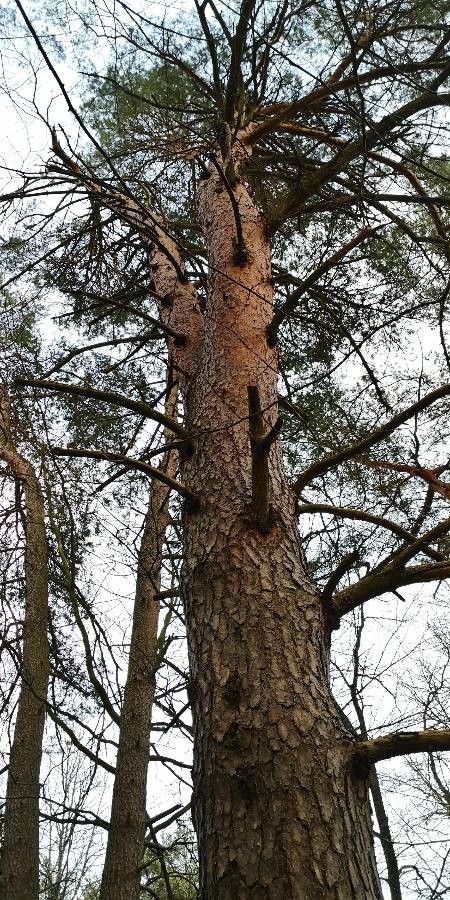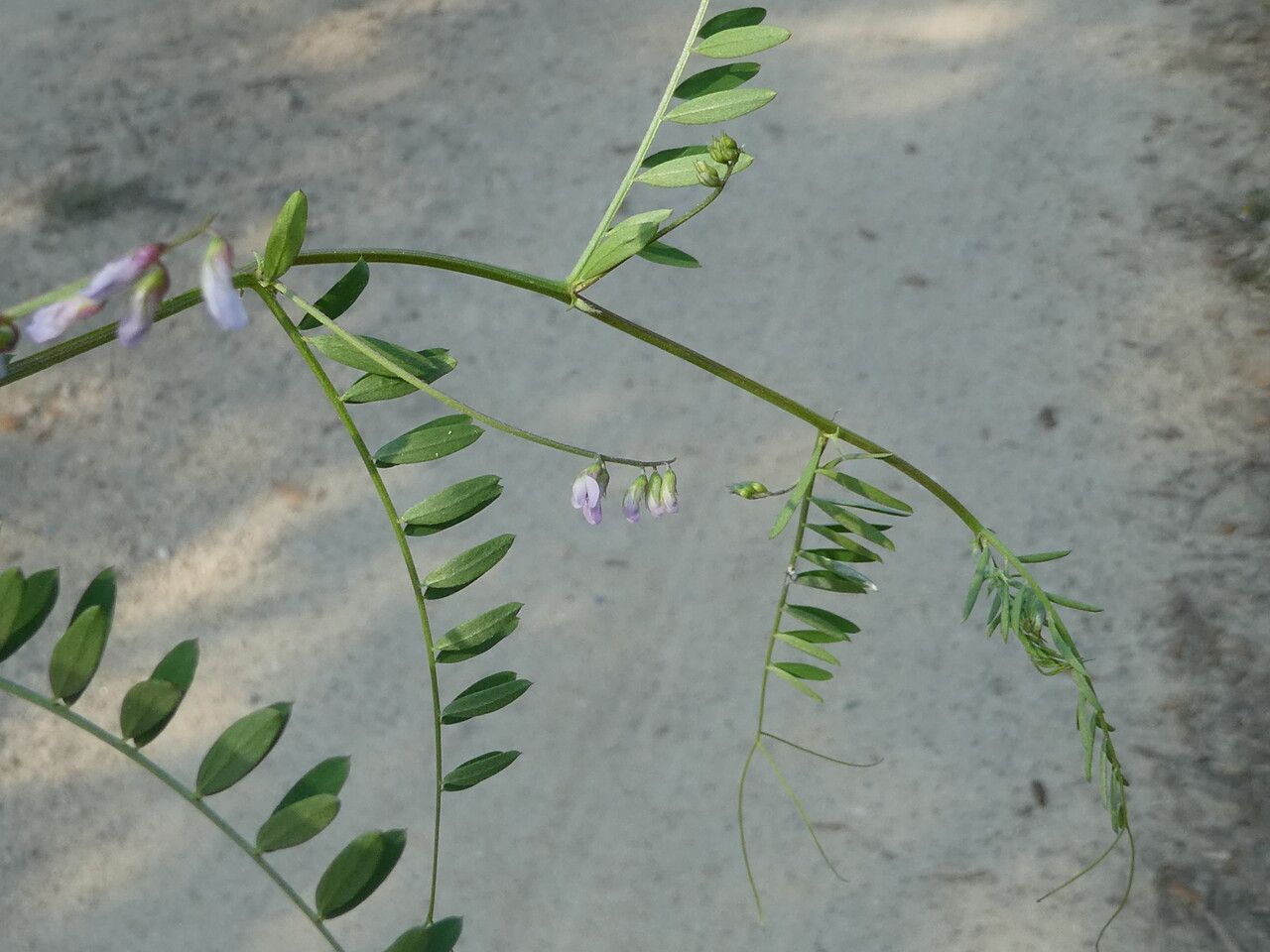### Plantain: A Comprehensive Guide
Plantain, often mistakenly associated with the plantain family (Plantaginaceae), actually belongs to the Musaceae family, making it a close relative of bananas! While not as widely cultivated as its banana cousins, Plantain holds significant cultural and nutritional value in many parts of the world. This comprehensive guide will walk you through everything you need to know about successfully growing and caring for this fascinating plant.
### Habitat and Growth
Plantains thrive in tropical and subtropical climates, demanding warm temperatures and consistent moisture. They are large herbaceous plants, capable of reaching impressive heights depending on the variety. They prefer full sun to partial shade, but prolonged exposure to direct, intense sunlight can scorch their leaves. The ideal temperature range lies between 70-85°F (21-29°C).
### Soil Needs
Well-drained, fertile soil is crucial for healthy Plantain growth. The soil should be rich in organic matter to provide essential nutrients. A slightly acidic to neutral pH level (6.0-7.0) is optimal. Heavy clay soils should be amended with compost or other organic materials to improve drainage and aeration. Poor drainage can lead to root rot, a significant threat to Plantain plants.
### Sun Exposure
Plantains require ample sunlight, typically at least six hours of direct sunlight per day. However, they also appreciate some protection from the intense midday sun in hot climates. Morning sun is ideal, providing energy for photosynthesis without the risk of leaf scorching during the hottest part of the day. In regions with extremely high temperatures, some afternoon shade may be beneficial.
### Planting and Propagation
Plantains are typically propagated through suckers, which are offshoots that grow from the base of the parent plant. These suckers can be carefully separated and transplanted once they have developed a robust root system. Planting should occur in well-prepared soil, ensuring proper spacing between plants to allow for optimal growth. You can also grow them from seeds; however, this method is generally slower and less reliable than using suckers.
### Harvesting and Uses
Plantain fruits are harvested when they turn green and are firm to the touch. They are often used in savory dishes, as they have a starchy and slightly bland flavor that complements various cuisines. Unlike bananas, plantains are not usually eaten raw; rather, they are cooked before consumption. They are boiled, fried, baked, or grilled, resulting in a sweet or savory taste depending on the ripeness at the time of cooking.
### Pests and Diseases
Common pests that can affect Plantain plants include nematodes, aphids, and weevils. Diseases like Panama disease (Fusarium wilt) and black sigatoka can be particularly devastating. Regular monitoring and preventative measures, such as crop rotation and proper sanitation, can help manage these issues. Consulting with a local agricultural extension office can provide specific advice for your region.
### Conclusion
Growing Plantain can be a rewarding experience, providing a unique and nutritious crop. By understanding its specific needs for sun, soil, and overall care, you can cultivate healthy and productive plants. Remember to research varieties suitable for your climate and soil conditions for optimal success.
Plantain: A Complete Guide to Growing & Caring

Frequently Asked Questions
How to grow Plantain effectively?
Plant suckers in well-drained, fertile soil with a slightly acidic to neutral pH. Ensure at least 6 hours of sunlight daily, but protect from intense midday sun in hot climates. Regular watering and fertilization are crucial for healthy growth.
What are the best soil conditions for Plantain?
Plantains thrive in well-drained, fertile soil rich in organic matter. A slightly acidic to neutral pH (6.0-7.0) is ideal. Amend heavy clay soils with compost to improve drainage and aeration.


